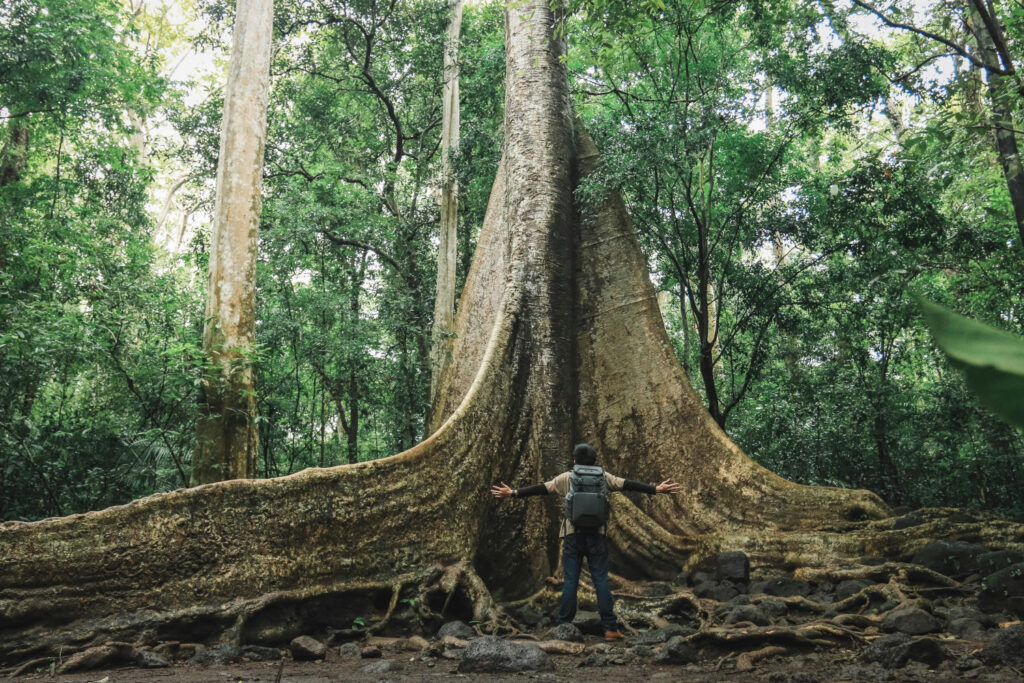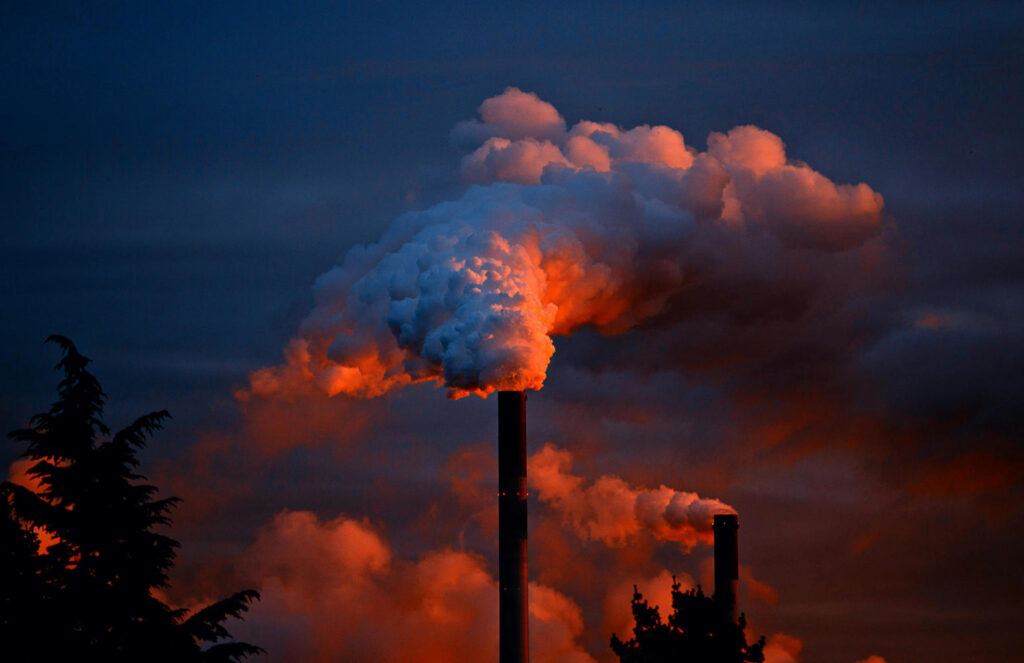Your cart is currently empty!
Bidets save trees, prevent water and chemical waste – and work better
The average person in the U.S. uses about 70 rolls of toilet paper per year, contributing to deforestation, excessive water waste, and pollution. Millions of dollars in marketing have gone into making us believe that there is no other way, and that the only progress to be made is in finding the softest paper.
There is a better option, one that not only works better but it also much more sustainable.
Enter the bidet. All over the world, where toilet paper brands have been less influential, people wash themselves with water instead of wiping themselves with paper. In the last decade Americans have finally starting catching on, with COVID leading to a surge in bidet interest for people who didn’t want to potentially get in a fight at the store of toilet paper.
Putting aside for now the that washing with water is incredibly more efficient and hygienic than wiping with paper — read below why an Onda bidet is so much better for the environment as well.
Saving Trees, One Flush at a Time

Corporations want you to believe that toilet paper is harmless, but it actually comes at a huge environmental cost: over 15 million trees are cut down every year just to be flushed down the toilet. These aren’t just any trees—many come from old-growth forests in Canada and South America, ecosystems that take many decades to recover, if they can recover at all.
- Over 15 million trees are cut down every year just to produce toilet paper.
- Much of this comes from the Canadian boreal forest, one of the world’s largest carbon sinks. These forests store 300 billion tons of carbon, but they’re being clear-cut at alarming rates, with toilet paper helping to feed the demand.
- Big brands use little to no recycled content—they rely on chopping down trees to get virgin wood pulp, which along with chemicals helps to make their paper softer.
A bidet dramatically reduces or even eliminates your need for toilet paper. Instead of wiping and tossing sheet after sheet, you use a small amount of water for a cleaner, more sustainable alternative. Less demand for toilet paper means fewer trees destroyed—and that’s a win for our forests.
The Hidden Water Waste of Toilet Paper

You may assume that bidets wouldn’t be saving water since they use water to wash. However, the amount of water used in the production of toilet paper is far greater that what is used directly by the bidet.
- It takes 37 gallons of water to make a single roll of toilet paper.
- A bidet, on average, uses only one pint of water per use.
- By switching to a bidet, you’re saving thousands of gallons of water per year—without even thinking about it.
Using a bidet isn’t just good for forests—it’s essential for conserving fresh water, one of the planet’s most precious resources.
Toilet Paper = Massive Carbon Emissions

The entire toilet paper supply chain is a pollution machine. From logging to processing, packaging, and transportation, it requires enormous amounts of fossil fuels and chemicals to produce.
- The global toilet paper industry emits 17.3 million metric tons of CO₂ every year—equivalent to the emissions from 3 million cars.
- The bleaching and manufacturing process releases toxic pollutants into the air and water.
- Transporting billions of toilet paper rolls around the world adds even more emissions, since paper products are bulky and take up a lot of space.
Bidets eliminate this entire cycle. No deforestation. No chemical processing. No emissions-heavy supply chain. Just clean water, a more efficient use of resources, and a cleaner planet.
Less Plastic Waste & Chemical Exposure

Have you ever noticed how toilet paper is almost always wrapped in plastic? Multiply that by billions of rolls per year, and you’ve got a massive plastic waste problem. Even recycled toilet paper often comes packaged in plastic, which ends up in landfills and oceans, harming wildlife and polluting ecosystems.
And let’s not forget what’s actually in toilet paper:
- Chlorine bleach, which creates toxic byproducts like dioxins—chemicals linked to cancer and hormone disruption.
- Formaldehyde, added to improve strength, but known to cause skin irritation and classified as a probable carcinogen.
- Fragrances and dyes, which can trigger allergies and cause unnecessary exposure to synthetic chemicals.
Bidets eliminate the need for both plastic waste and exposure to harmful chemicals, making them a safer and more sustainable choice—not just for the planet, but for your body.
A Simple Switch With a Huge Impact
If you’re serious about sustainability, switching to a bidet is one of the most impactful things you can do. Unlike other “eco-friendly” swaps that require major lifestyle changes, a bidet is an easy upgrade that instantly reduces waste, saves water, and lowers your carbon footprint.
And the best part? It’s not just better for the planet—it’s better for you. Cleaner, more comfortable, and more sustainable.
The future is clear: bidets aren’t just a luxury—they’re a necessity. It’s time to flush away old habits and embrace a smarter, cleaner, and more responsible way to stay fresh.Imagine if you got dirt on your hands and just wiped it off with a dry napkin. Would you consider yourself clean? Of course not. You’d wash your hands with water. Similarly, relying on dry toilet paper in the bathroom is far from the most hygienic or efficient option.
Onda’s Japanese toilet attachments (or bidet attachments) are the smarter, cleaner, and healthier way to stay clean and fresh. Millions of people around the world have already made the switch from paper to water, and once you experience the benefits, there’s no going back. Read about the hygiene benefits of washing with water instead of wiping with paper.
